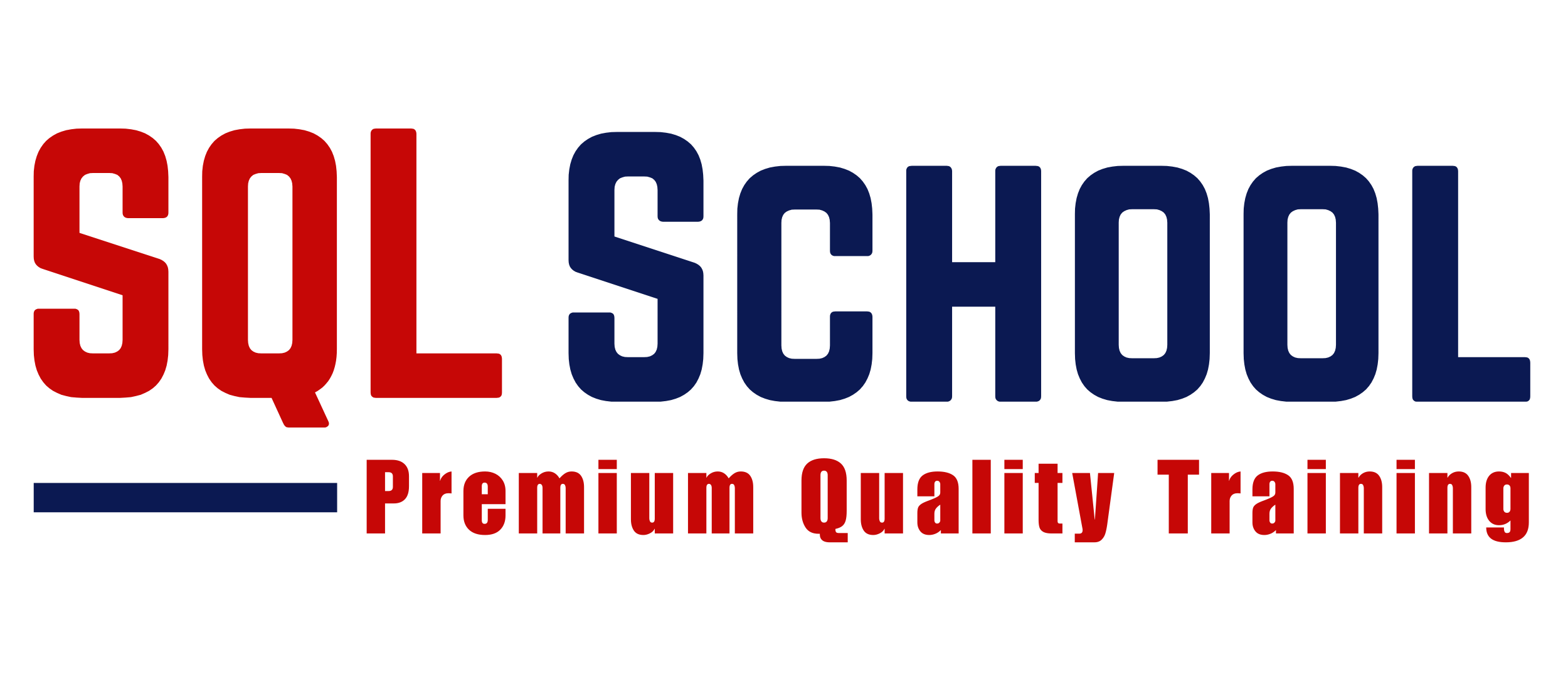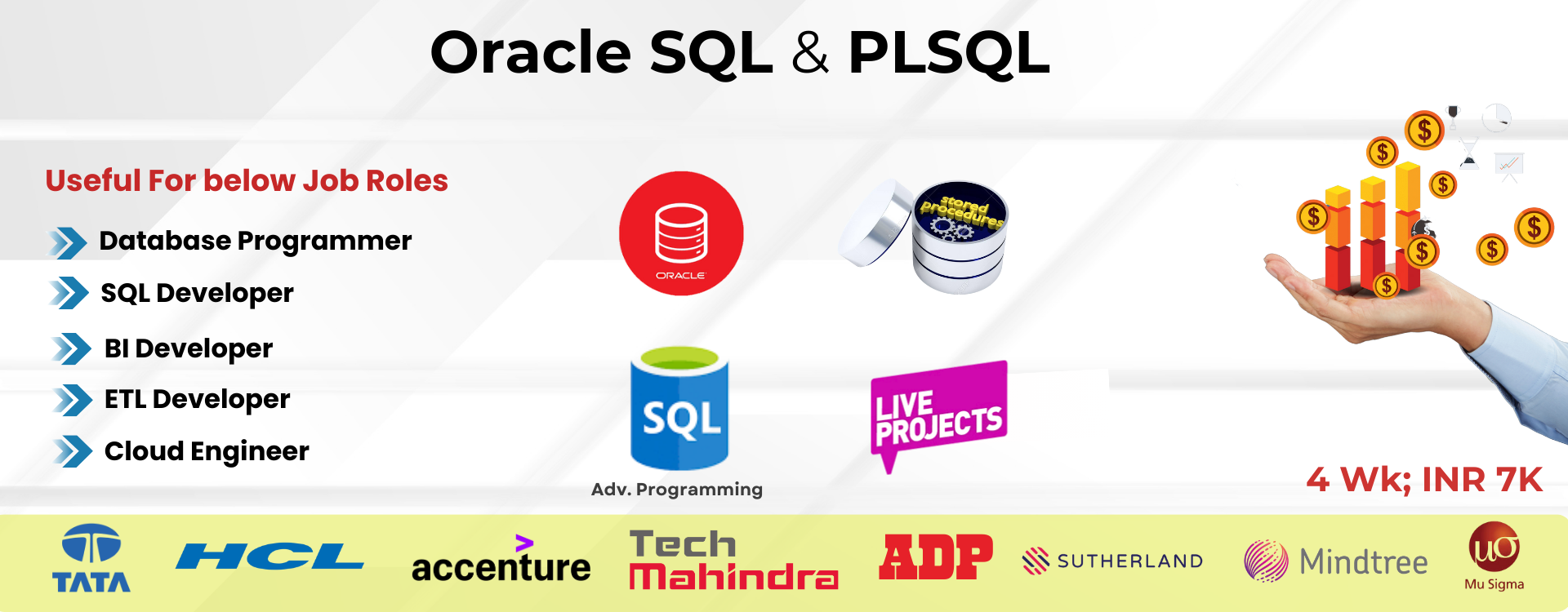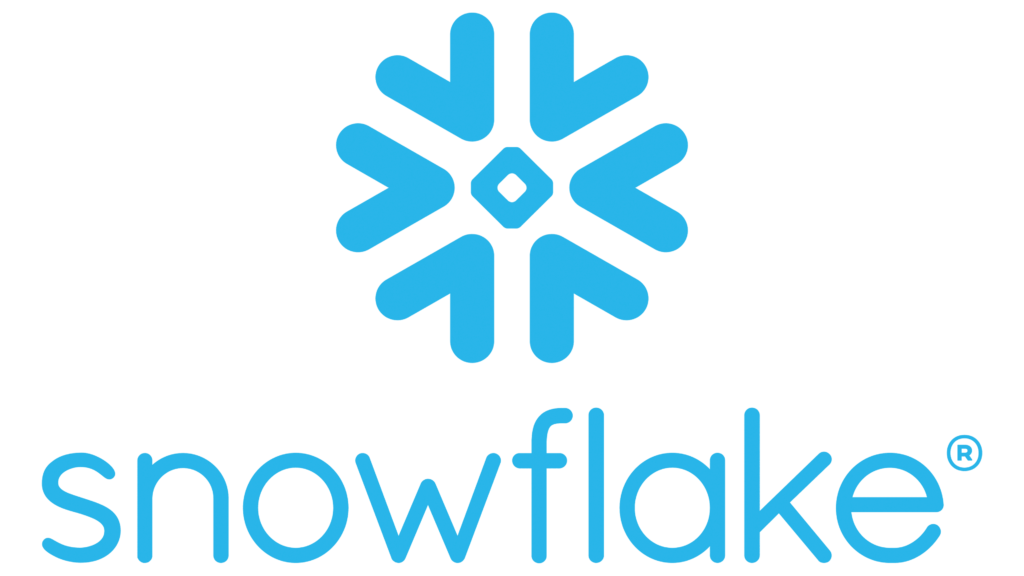Freshers looking to start a career in database development
SQL developers aiming to upskill in Oracle PL/SQL
Application developers needing backend PL/SQL expertise
DBAs expanding into development with Oracle databases
Anyone interested in enterprise-grade database programming
No prior coding experience is required. All concepts are taught from scratch


















